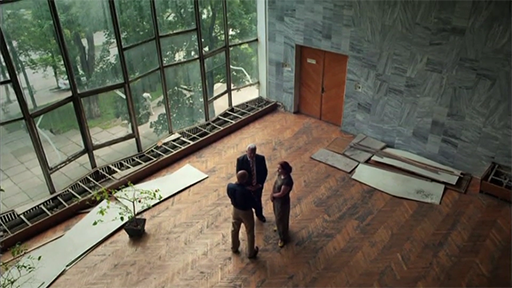3.3.5 Chernobyl today – health effects

In the video, Jim al-Khalili talks to Professor Mykola Tronko at the Institute of Endocrinology and Metabolism in Ukraine.
Initially, there were great fears about the health risks of the radiation on the nearby community. Pripyat was not evacuated until two days after the explosions, so the residents would certainly have been exposed.
From 1990, there were higher incidences of thyroid cancer in children and this was a cause of great concern. This particular cancer was screened for as it was known that any ingested iodine-131 would collect in the thyroid. As we learned in Week 1, the emitted particles from radioactive substances can damage human tissue and lead to cancers forming.
However, there was no rise in other cancers. From the vantage point of today we can see that the effects from the fallout were substantially less than were feared at the time.
In the next section, you will think about the lessons that can be learned from these disasters.
